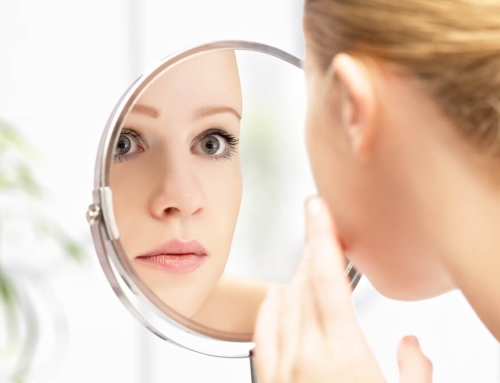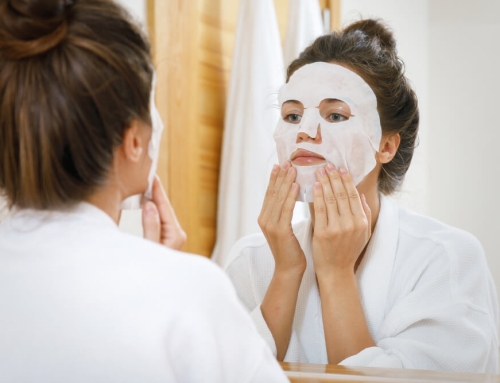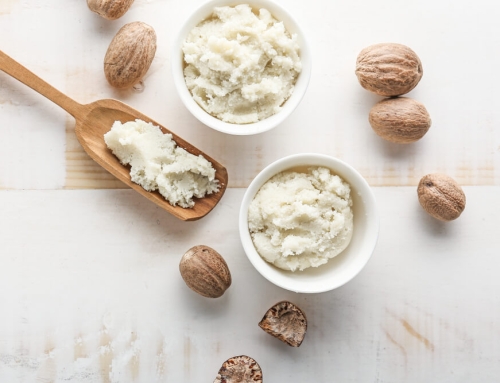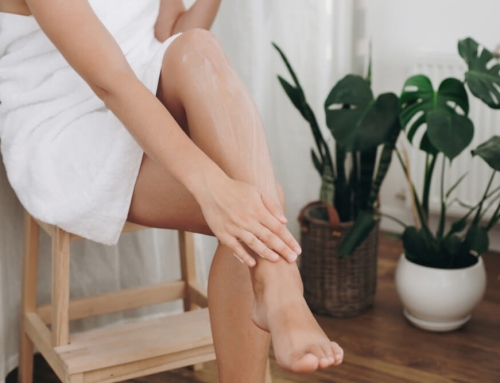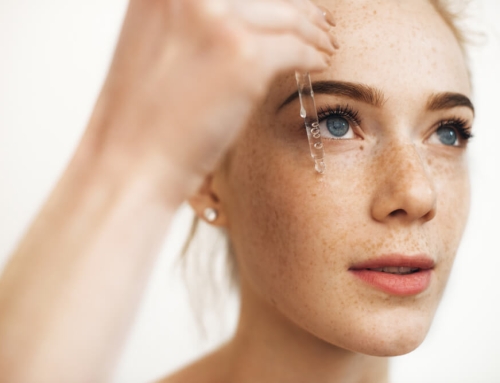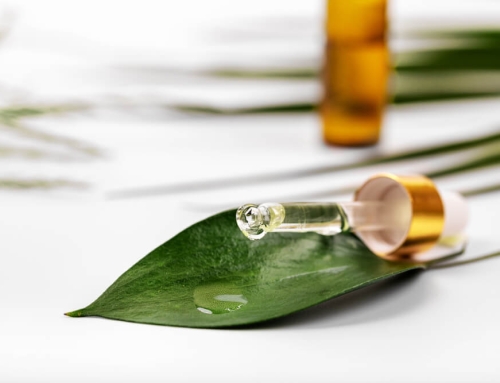In order to properly care for your skin, you need to understand what your specific skin type is, as this will then help you to better understand its needs and requirements. Your skin type is determined by the amount of oil and water that is present in your skin, as these varying amounts result in the different skin types, from a lack of water leading to dry skin to an excess of oil leading to oily skin. While OROGOLD always recommends that you visit a professional to properly diagnose your skin type, there are a few little tests that you can do at home to give you an immediate idea of what your skin type may be.
Examine Your Bare Face
The first method to figuring out your skin type is by thoroughly cleansing your face and patting your skin dry. Do not apply any products to your skin whatsoever, no serums, moisturizers or oils, instead leaving it completely bare for thirty minutes. After thirty minutes, examine your face closely in a mirror and make a note of how much shine you can see. After another thirty minutes, make various facial expressions and evaluate how your face feels. If it feels tight or parched, your skin type is probably dry. If there is shine on your cheeks, as well as your nose and forehead, then OROGOLD would suggest that this indicates that your skin type is oily.
Examine Your Pores
Another aspect of your face that you can examine is your pores. Large pores that give off the appearance of an orange peel texture indicate oily skin, while no visible pores would likely mean that your skin is dry. Larger pores on your nose or forehead with minimal pore visibility on your cheeks would suggest combination skin, while if your pores seem just about right, then you are one of the lucky few that have normal skin.
Use a Blotting Sheet
The blotting sheet method is great for determining whether you have dry or oily skin. Use a piece of blotting paper to gently pat different parts of your face. Once you have done this, hold the paper up to the light so that you can clearly see how much oil it contains. A lack of oil would suggest that your skin is dry, while saturating the paper would mean that your skin is definitely oily. If the oil has only come from certain parts of your face, then this would mean that your skin type is combination.
While these methods do not compare to having an expert determine your skin type, they are a great starting point if you have no idea whatsoever of what your skin type may be. Now that you are able to understand it better, you will be able to choose products that are targeted to your specific skin type, delivering the ingredients and nutrients that your particular skin type needs in order to flourish.


